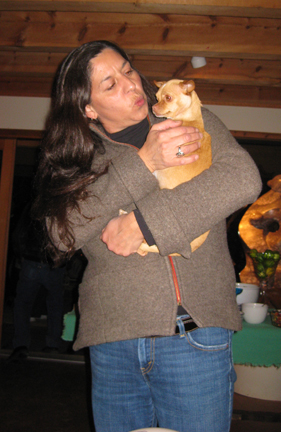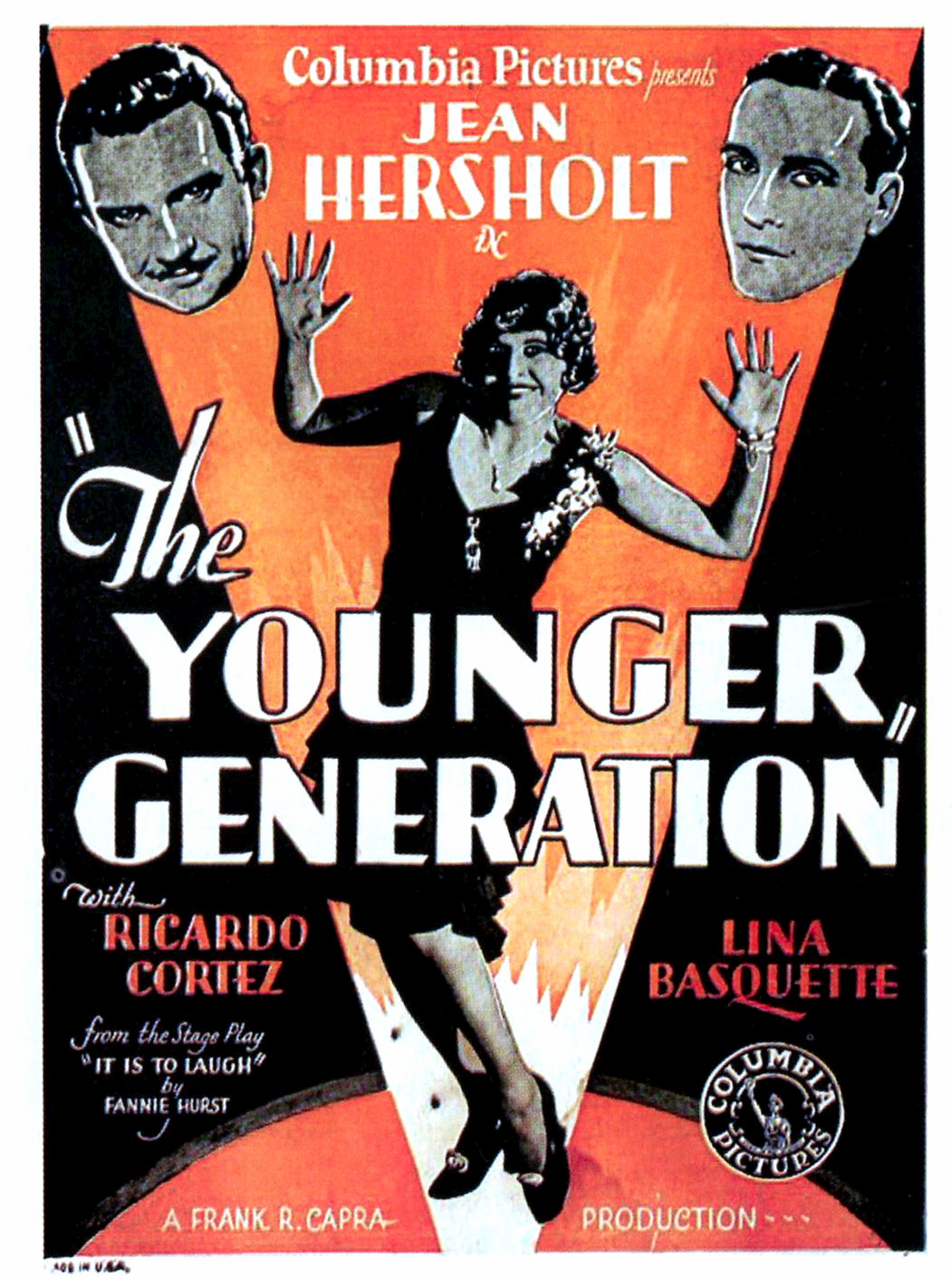|
Seneca Falls (CDP), New York
Seneca Falls is a hamlet and census-designated place in Seneca County, New York, United States.United States Census Bureau U.S. Census website (Seneca Falls CDP) Retrieved May 27, 2015. The population was 6,681 at the 2010 census. The 2020 census population of Seneca Falls CDP was 6,809. The hamlet is in the Town of Seneca Falls, east of . It was an incorporated village from 1831 to 2011. Finger Lakes Regional Airport (0G7) is south of the hamlet. Seneca Falls was the site of the |
Hamlet (New York)
The administrative divisions of New York are the various units of government that provide local services in the American state of New York. The state is divided into boroughs, counties, cities, towns, and villages. (The only boroughs, the five boroughs of New York City, have the same boundaries as their respective counties.) They are municipal corporations, chartered (created) by the New York State Legislature, as under the New York State Constitution the only body that can create governmental units is the state. All of them have their own governments, sometimes with no paid employees, that provide local services. Centers of population that are not incorporated and have no government or local services are designated hamlets. Whether a municipality is defined as a borough, city, town, or village is determined not by population or land area, but rather on the form of government selected by the residents and approved by the New York State Legislature. Each type of local ... [...More Info...] [...Related Items...] OR: [Wikipedia] [Google] [Baidu] |
Seneca Falls (town), New York
Seneca Falls is a town in Seneca County, New York, United States. The population was 9,027 at the 2020 census. The Town of Seneca Falls contains the former village also called Seneca Falls. The town is east of Geneva, New York, in the northern part of the Finger Lakes District. Seneca Falls is a historic location along a branch of the Erie Canal and is the birthplace of women's rights, where the 1848 women's rights convention was held. Many also believe it to have been the inspiration for the fictional town of " Bedford Falls", portrayed in filmmaker Frank Capra's classic 1946 film '' It's a Wonderful Life''. History The region is the former realm of the Cayuga tribe, who were visited by Jesuit missionaries during the 17th century. Cayuga villages were attacked and destroyed by the Sullivan Expedition of 1779 in retaliation for plundering and killing new colonists. The region became part of the Central New York Military Tract, reserved for veterans, after the conclusi ... [...More Info...] [...Related Items...] OR: [Wikipedia] [Google] [Baidu] |
Finger Lakes
The Finger Lakes are a group of eleven long, narrow, roughly north–south lakes located directly south of Lake Ontario in an area called the ''Finger Lakes region'' in New York (state), New York, in the United States. This region straddles the northern and transitional edge of the Northern Allegheny Plateau, known as the Finger Lakes Uplands and Gorges ecoregion, and the Ontario Lowlands ecoregion of the Great Lakes Lowlands.Bryce, S.A., Griffith, G.E., Omernik, J.M., Edinger, G., Indrick, S., Vargas, O., and Carlson, D., 2010''Ecoregions of New York'' Reston, Virginia, U.S. Geological Survey, map scale 1:1,250,000. The geological term ''finger lake'' refers to a long, narrow lake in an Overdeepening, overdeepened glacial valley, while the proper name ''Finger Lakes'' goes back to the late 19th century.Mullins, H.T., Hinchey, E.J., Wellner, R.W., Stephens, D.B., Anderson, W.T., Dwyer, T.R. and Hine, A.C., 1996. ''Seismic stratigraphy of the Finger Lakes: a continental record o ... [...More Info...] [...Related Items...] OR: [Wikipedia] [Google] [Baidu] |
Seneca Lake (New York)
Seneca Lake is the largest of the glacial Finger Lakes of the U.S. state of New York, and the deepest glacial lake entirely within the state. It is promoted as the lake trout capital of the world, and is host of the National Lake Trout Derby. Because of its depth and relative ease of access, the US Navy uses Seneca Lake to perform test and evaluation of equipment ranging from single element transducers to complex sonar arrays and systems. The lake takes its name from the Seneca nation of Native Americans. At the north end of Seneca Lake is the city of Geneva, New York, home of Hobart and William Smith Colleges and the New York State Agricultural Experiment Station, a division of Cornell University. At the south end of the lake is the village of Watkins Glen, New York, famed for auto racing (hosting Watkins Glen International racetrack) and waterfalls. Due to Seneca Lake's unique macroclimate it is home to over 50 wineries, many of them farm wineries and is the location of t ... [...More Info...] [...Related Items...] OR: [Wikipedia] [Google] [Baidu] |
Seneca River (New York)
The Seneca River flows through the Finger Lakes region of Upstate New York in the United States. The main tributary of the Oswego River – the second-largest river flowing into Lake Ontario – the Seneca drains in parts of fourteen New York counties. The Seneca flows generally east, and is wide and deep with a gentle gradient. Much of the river has been channelized to form part of the Erie Canal. Geography The Seneca River begins at Geneva in Seneca County, as the outflow of Seneca Lake, flowing east past Waterloo and Seneca Falls. Skirting the northern end of Cayuga Lake at the Montezuma Marsh, it turns north, receiving the Clyde River from the west, forming the Seneca– Cayuga county line, then the border of Cayuga and Wayne counties. The river passes under Interstate 90, flowing northeast past Weedsport, across the middle of Cayuga County into Cross Lake. Below Cross Lake, the Seneca River enters Onondaga County. It turns sharply north then east, past Baldwins ... [...More Info...] [...Related Items...] OR: [Wikipedia] [Google] [Baidu] |
Central New York Military Tract
The Military Tract of Central New York, also called the New Military Tract, consisted of nearly of bounty land set aside in Central New York to compensate New York's soldiers after their participation in the Revolutionary War. Establishment The Province of New York (predecessor of the U.S. state) had already guaranteed each soldier at least at the end of the war (depending on rank), but by 1781, New York had enlisted only about half of the quota set by the U.S. Congress and needed a stronger incentive. The legislature authorized an additional per soldier, using land from 25 Military Tract Townships to be established in central New York State. Each of the townships was to comprise 100 lots of each. Three more such townships, Junius, Galen, and Sterling, were later added to accommodate additional claims at the end of the war. The United States Congress approved in 1789, and the arrangement became final in 1799. Townships The townships were at first numbered (1 through 28), ... [...More Info...] [...Related Items...] OR: [Wikipedia] [Google] [Baidu] |
Sullivan Expedition
The 1779 Sullivan Expedition (also known as the Sullivan-Clinton Expedition, the Sullivan Campaign, and the Sullivan-Clinton Campaign) was a United States military campaign under the command of General John Sullivan (general), John Sullivan during the American Revolutionary War, lasting from June to October 1779, against the four Kingdom of Great Britain, British-allied nations of the Iroquois (also known as the Haudenosaunee). The campaign was ordered by George Washington in response to Iroquois and Loyalist attacks on the Battle of Wyoming, Wyoming Valley, and Cherry Valley massacre, Cherry Valley. The campaign had the aim of "the total destruction and devastation of their settlements." Four Continental Army brigades carried out a Scorched earth, scorched-earth campaign in the territory of the Iroquois Confederacy in what is now central New York (state), New York. The expedition was largely successful, with 40 Iroquois villages razed and their crops and food stores destroyed. T ... [...More Info...] [...Related Items...] OR: [Wikipedia] [Google] [Baidu] |
Great Britain
Great Britain is an island in the North Atlantic Ocean off the north-west coast of continental Europe, consisting of the countries England, Scotland, and Wales. With an area of , it is the largest of the British Isles, the List of European islands by area, largest European island, and the List of islands by area, ninth-largest island in the world. It is dominated by a maritime climate with narrow temperature differences between seasons. The island of Ireland, with an area 40 per cent that of Great Britain, is to the west – these islands, along with over List of islands of the British Isles, 1,000 smaller surrounding islands and named substantial rocks, comprise the British Isles archipelago. Connected to mainland Europe until 9,000 years ago by a land bridge now known as Doggerland, Great Britain has been inhabited by modern humans for around 30,000 years. In 2011, it had a population of about , making it the world's List of islands by population, third-most-populous islan ... [...More Info...] [...Related Items...] OR: [Wikipedia] [Google] [Baidu] |
Jesuit
The Society of Jesus (; abbreviation: S.J. or SJ), also known as the Jesuit Order or the Jesuits ( ; ), is a religious order (Catholic), religious order of clerics regular of pontifical right for men in the Catholic Church headquartered in Rome. It was founded in 1540 by Ignatius of Loyola and six companions, with the approval of Pope Paul III. The Society of Jesus is the largest religious order in the Catholic Church and has played significant role in education, charity, humanitarian acts and global policies. The Society of Jesus is engaged in evangelization and apostolic ministry in 112 countries. Jesuits work in education, research, and cultural pursuits. They also conduct retreats, minister in hospitals and parishes, sponsor direct social and humanitarian works, and promote Ecumenism, ecumenical dialogue. The Society of Jesus is consecrated under the patron saint, patronage of Madonna della Strada, a title of the Blessed Virgin Mary, and it is led by a Superior General of ... [...More Info...] [...Related Items...] OR: [Wikipedia] [Google] [Baidu] |
Cayuga Tribe
The Cayuga ( Cayuga: Gayogo̱hó꞉nǫʼ, "People of the Great Swamp") are one of the five original constituents of the Haudenosaunee (Iroquois), a confederacy of Native Americans in New York. The Cayuga homeland lies in the Finger Lakes region along Cayuga Lake, between their league neighbors, the Onondaga to the east and the Seneca to the west. Today, Cayuga people belong to the Six Nations of the Grand River First Nation in Ontario, and the federally recognized Cayuga Nation of New York and the Seneca-Cayuga Tribe of Oklahoma. History Political relations between the Cayuga, the British, and the Thirteen Colonies during the American Revolution were complicated and variable, with Cayuga warriors fighting on both sides (as well as abstaining from war entirely). Most of the Iroquois nations allied with the British, in part hoping to end encroachment on their lands by colonists. In 1778, various Iroquois bands, oft allied with British-colonial loyalists ( Tories) conduct ... [...More Info...] [...Related Items...] OR: [Wikipedia] [Google] [Baidu] |
Frank Capra
Frank Russell Capra (born Francesco Rosario Capra; May 18, 1897 – September 3, 1991) was an Italian-American film director, producer, and screenwriter who was the creative force behind Frank Capra filmography#Films that won Academy Awards, several major award-winning films of the 1930s and 1940s. Born in Italy and raised in Los Angeles from the age of five, his Rags to riches, rags-to-riches story has led film historians such as Ian Freer to consider him the "American Dream personified".Freer 2009, pp. 40–41. Capra became one of America's most influential directors during the 1930s, winning three Academy Awards for Academy Award for Best Director, Best Director from six nominations. Among his leading films were ''It Happened One Night'' (1934), ''Mr. Deeds Goes to Town'' (1936), ''You Can't Take It with You (film), You Can't Take It with You'' (1938), and ''Mr. Smith Goes to Washington'' (1939). During World War II, Capra served in the Signal Corps (United States Army), ... [...More Info...] [...Related Items...] OR: [Wikipedia] [Google] [Baidu] |






